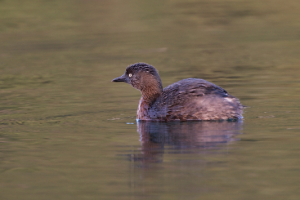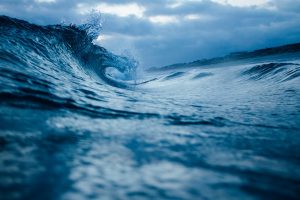Freshwater mothership
This winter, in a cold, clear stream near you, a certain freshwater crustacean has a heavy load to carry.
The female New Zealand freshwater crayfish, or kōura spends the winter months carrying large eggs (up to 200 of them!) attached to the underside of her abdomen. The eggs hatch after 3 or 4 months, but motherhood doesn’t end there for the female kōura–the tiny babies (miniature replicas of their parents) hang on to their mother with their pincers and she carries them everywhere she goes until they are around 4mm long, at which point they let go of mum and head off to seek their aquatic fortunes.
There are two species of kōura in New Zealand (loosely divided into North and South Island species) and both are found nowhere else in the world. They live concealed under rocks in small streams with clean water and have a remarkable ability to completely re-grow any limbs that are lost in accidents, near-misses with predators or in disputes with fellow kōura! Most kōura are greenish-brown in colour and often have beautiful patterns on their backs however colours can vary–bright orange and blue ones have even been found! Kōura used to be common throughout New Zealand waterways but habitat destruction, pollution and introduced fish such as trout (for which kōura make a tasty meal!) have heavily impacted populations and they are now a threatened species.
Kōura are nocturnal and the best way to see them is with a strong torch when it’s dark. Their eyes reflect the light and look like little glowing stars in the stream. If disturbed, kōura will shoot backwards using their strong tails. You could even try and catch them for a closer look by putting a bucket behind them and then gently nudging them into it. Look out for their nippers though; they can give a strong pinch!



